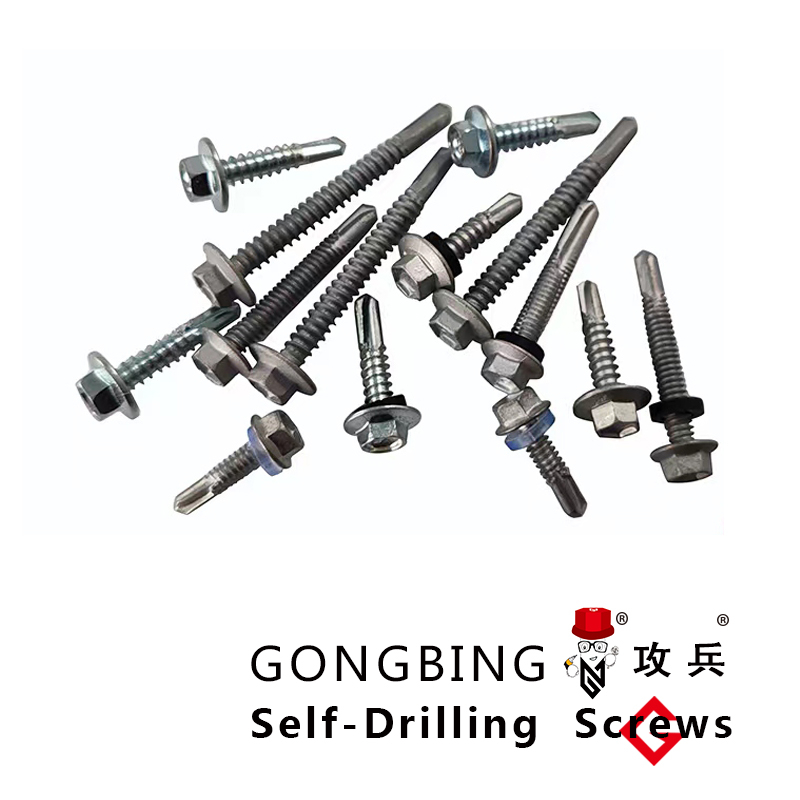Exploring the Benefits and Applications of M16 Resin Anchors for Construction Projects
The Significance of M16 Resin Anchors in Modern Construction
In the ever-evolving landscape of construction technology, the choice of fastening systems is critical to ensuring structural integrity and longevity. M16 resin anchors have emerged as a pivotal solution in various applications, particularly in heavy load-bearing scenarios. This article delves into the unique benefits of M16 resin anchors, their application, installation processes, and future potential in construction.
What are M16 Resin Anchors?
M16 resin anchors are specialized fastening systems that utilize a combination of a metal bolt and a resin-based adhesive. This design allows for a robust connection that can withstand significant loads and resist environmental deterioration. The M16 designation refers to the diameter of the bolt, which is 16 mm, indicating its suitability for demanding applications in both concrete and masonry substrates.
Advantages of Using M16 Resin Anchors
1. High Load Capacity One of the primary advantages of M16 resin anchors is their high load-bearing capacity. The resin not only bonds the bolt to the substrate but also distributes the load evenly, reducing the risk of rupture or failure.
2. Resistance to Environmental Factors The use of resin provides excellent resistance to moisture, chemicals, and temperature fluctuations. This makes M16 resin anchors ideal for outdoor applications where exposure to harsh environments is a concern.
3. Versatility in Applications M16 resin anchors can be used for a variety of purposes, including securing structural elements like beams and columns, anchoring machinery, and installing safety barriers. Their versatility makes them suitable for both commercial and residential projects.
4. Ease of Installation The installation process for M16 resin anchors is relatively straightforward. After drilling the required hole in the substrate, the resin is injected into the hole, followed by the insertion of the anchor bolt. This method allows for quick and efficient installation, reducing labor costs and time on-site.
5. Non-Damaging to Substrates Unlike traditional mechanical anchors, resin anchors do not cause spalling or cracking in concrete, making them suitable for use in older structures or environments where preserving the substrate's integrity is crucial.
Installation Process
m16 resin anchors

The installation of M16 resin anchors requires careful preparation and adherence to best practices to ensure optimal performance
. The process typically involves the following steps1. Preparation Identify and mark the required location for the anchor. Ensure that all tools and materials are on hand, including the drill, resin, anchor bolts, and safety equipment.
2. Drilling Use a masonry drill bit to create a hole of the appropriate diameter and depth as specified by the manufacturer.
3. Cleaning Remove any dust and debris from the hole to ensure a strong bond between the resin and the substrate.
4. Injecting Resin Use a caulking gun or similar device to inject the correct amount of resin into the hole.
5. Inserting the Anchor Bolt Insert the M16 anchor bolt into the resin-filled hole and twist it gently to ensure even distribution of the adhesive.
6. Curing Allow the resin to cure fully, adhering to the guidelines provided by the manufacturer before applying any loads.
Future Potential
The construction industry is increasingly focused on sustainability and innovation, and M16 resin anchors exemplify this trend. As manufacturers continue to refine resin formulations and installation techniques, the future of M16 resin anchors looks promising. They not only meet contemporary demands for strength and reliability but also align with the growing emphasis on sustainable building practices.
In conclusion, M16 resin anchors are a vital component in modern construction. Their robust performance, ease of installation, and resistance to environmental factors make them an ideal choice for various applications. As the industry moves forward, these anchors will likely play an even more significant role in diverse construction projects, contributing to safer and more durable infrastructures.
-
Weatherproof Plastic Expansion Anchors for OutdoorNewsJun.06,2025
-
Sustainability in the Supply Chain: Eco-Friendly TEK Screws ProductionNewsJun.06,2025
-
Load-Bearing Capacity of External Insulation FixingsNewsJun.06,2025
-
Double Head Bolts: Enhancing Efficiency in Industrial MachineryNewsJun.06,2025
-
Corrosion Resistance in Chipboard Screws: Coatings for Wholesale DurabilityNewsJun.06,2025
-
Butterfly Toggle Bolts : Enhancing Structural ResilienceNewsJun.06,2025
